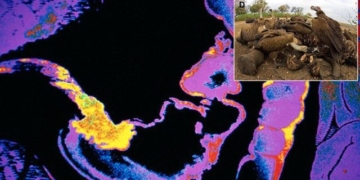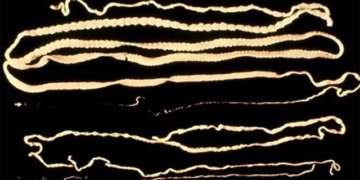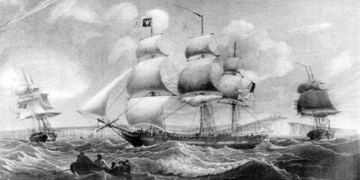An international research team has recently discovered over 50 new species during a deep-sea expedition off the coast of Chile, including the “flying spaghetti monster” and many other peculiar species.
The expedition took place from February 24 to April 4 in the deep waters along the Salas y Gómez Ridge, off the coast of Rapa Nui, Chile.

This strange unnamed creature is temporarily called the galaxy siphonophore – (Photo: Schmidt Ocean Institute).
The expedition involved a team of 25 scientists from 14 organizations across 5 countries (Chile, the USA, Italy, Spain, and the Netherlands).
Sponsored by the Schmidt Ocean Institute, the expedition aimed to study the ecosystem of one of the most unexplored areas: the Salas y Gómez Ridge. This underwater mountain range stretches 2,900 km long and includes over 200 underwater mountains, extending from offshore Chile to Rapa Nui.
This mountain range features one of the most unique marine landscapes and biodiversity hotspots on Earth, with an exceptionally high rate of endemism and is considered the “home” to over 80 threatened or endangered species.
The research team recorded 160 species on the Salas y Gómez Ridge, with 50 of these believed to be completely new to science.
The observed species included squid, fish, corals, mollusks, starfish, glass sponges, sea urchins, crabs, and squat lobsters, among many others.
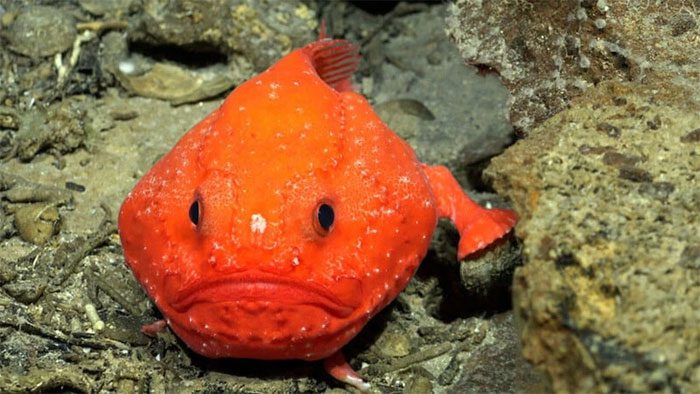
A finned fish – (Photo: Schmidt Ocean Institute).
At depths of approximately 800-1,200 meters below sea level, the researchers also discovered a species that relies on photosynthesis at the greatest depths ever recorded: the Leptoseris species, commonly known as wrinkled coral.
They also documented other unique marine organisms, including a jellyfish-like creature known as the “flying spaghetti monster” (Bathyphysa conifera), a bioluminescent dragonfish belonging to the Stomiidae family, and several other unidentified strange species.
“We have found 50-60 species that are likely new, and this number may increase as we have many samples to study in the laboratory,” said researcher Ariadna Mechó at an event during the United Nations Decade of Ocean Science conference held in Barcelona, Spain, from April 10 to 12, 2024.
“We also discovered one of the deepest mid-slope coral reefs in the world, extending the distribution range of this Polynesian fauna by several hundred kilometers. At this depth, we found sponge beds and corals, habitats considered vulnerable and in need of protection,” she added.
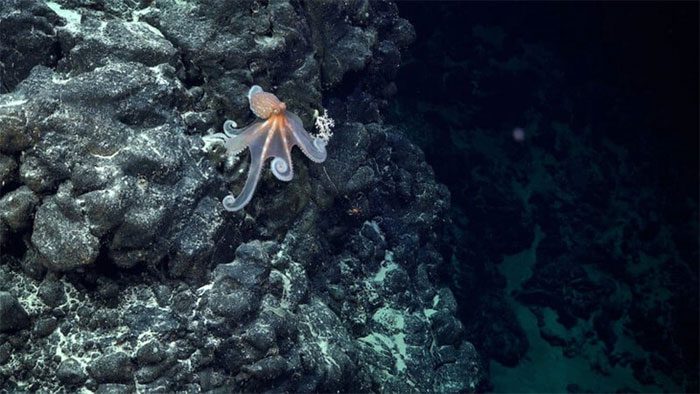
A species of octopus – (Photo: Schmidt Ocean Institute).
New Camera Technology During the expedition, engineers tested various new camera technologies, including a hyperspectral camera system and stereo imaging developed by the Monterey Bay Aquarium Research Institute (MBARI). They hope to scale up these cost-effective technologies to better support biodiversity surveys on the seabed. This was the second expedition to the Salas y Gómez Ridge by the Schmidt Ocean Institute in 2024. Their first trip to the region earlier this year discovered 100 new species. |
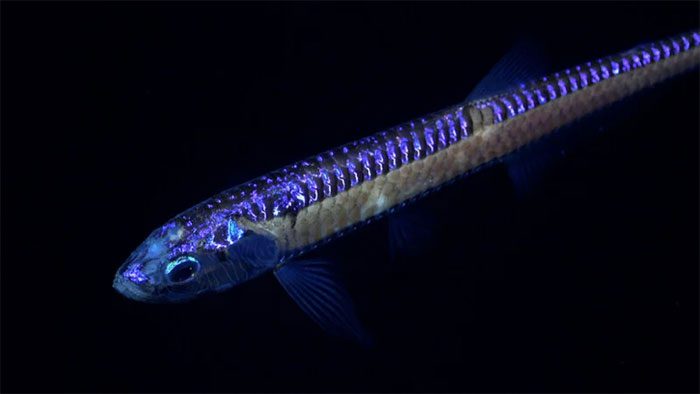
Bioluminescent dragonfish with a large jaw full of sharp fangs – (Photo: Schmidt Ocean Institute).
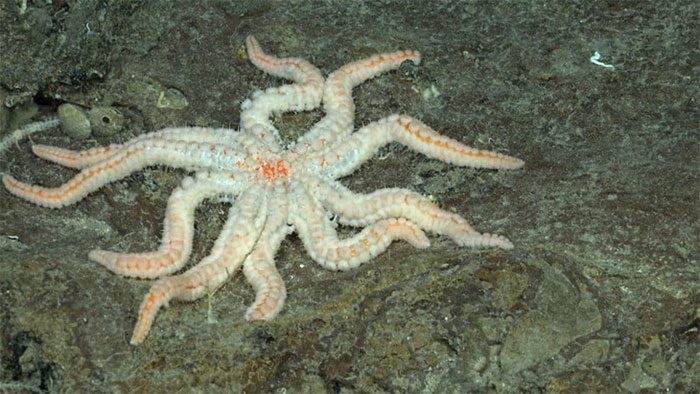
Starfish of the Coronaster genus (family Asteriidae) – (Photo: Schmidt Ocean Institute).

A “flying spaghetti monster” (Bathyphysa conifera) – (Photo: Schmidt Ocean Institute).
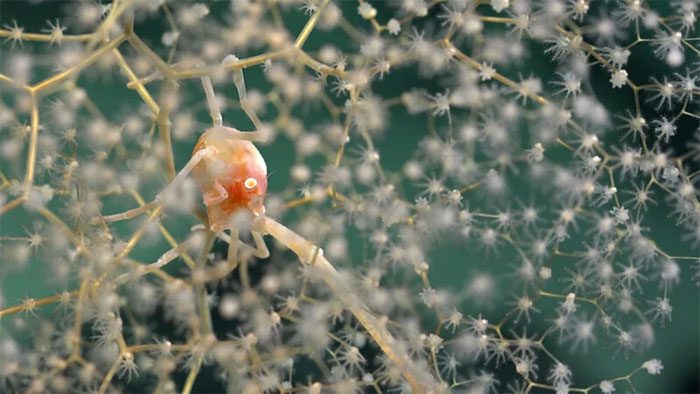
Chrysogorgia coral and hermit crab – (Photo: Schmidt Ocean Institute).
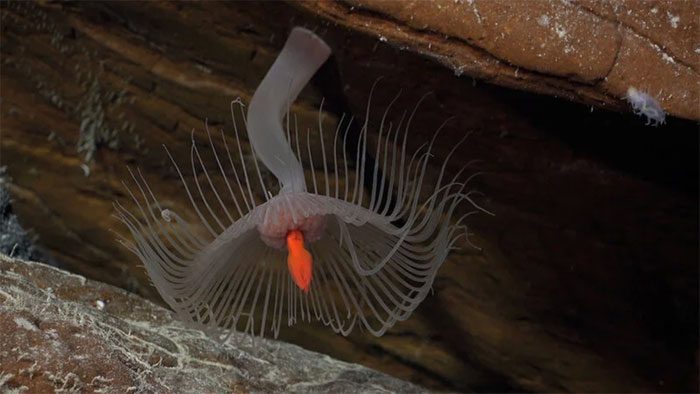
A species of hydroid – (Photo: Schmidt Ocean Institute).


















































